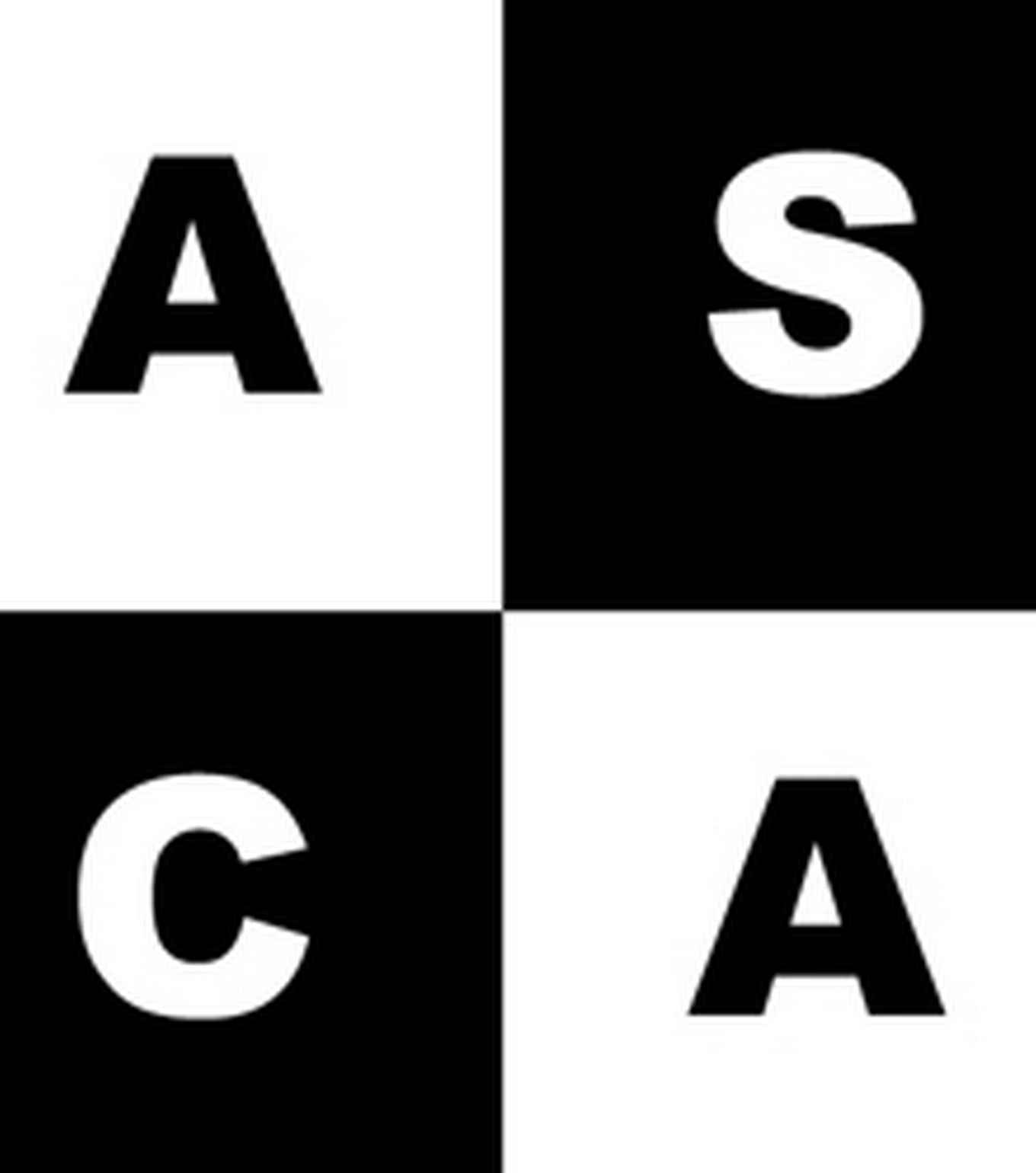Activating the Archive Audio-Visual Collections as Communal Resources for Engagement and Change
1 October 2019

Access to audio-visual collections, while a longtime archival concern, gained momentum as a topic of debate in the first decade of this century. As tools for digitization gradually became available to (institutional) archives, practices of online video-sharing quickly shifted user expectations. Initially, practitioners reacted by highlighting not only the opportunities, but also the threats digital access posed. More recently, archival organizations have come to view such access as a core responsibility as well as a financial necessity – even as it continues to present legal, technological and ethical issues. In addition, they are more acutely aware that ensuring access is a complex task, because it not only involves making resources available, but also mediating them, so that they can acquire relevance for contemporary users. In recent years, this has resulted in a wide range of distribution, curation, and presentation practices, both on- and off-line.
Over time, those practices have called into question the choices that are made as items and collections get selected and framed. Concern has been expressed over who gets to make decisions, whose interests those decisions serve, and which biases they entail (e.g. who gets represented or excluded, and from whose perspective). Such questions in turn fueled broader debates about the politics of archiving, centering among others on questions about agency (the role of archives as gatekeepers and the place of various archival ‘stakeholders’) and institutional legitimacy. Consequently, calls have been made for more participatory forms of archiving and the involvement of communities (especially underrepresented ones) in practices of collecting, preserving and making accessible or presenting moving images and sound. In addition, proposals have been made for ‘against the grain’, counter- and an-archival projects, among others with activist intent. Aside from challenging dominant archival paradigms, those offer opportunities for a more inclusive debate about access to audiovisual ‘heritage’, counterbalancing dominant, Western perspectives.
Tying in with such developments, this special issue of The Moving Image focuses on how audio-visual collections – established or emerging, institutional or more informal – are being activated, or re-activated: that is, made to engage new, contemporary audiences. The editors above all invite contributions that consider how, in the process of re-/activation, collections are turned into truly communal resources, and mobilized for the common good – whether by people who directly contribute to the activities of archival organisations or initiatives, or who operate from their peripheries. Of special interest here are projects that involve the reinterpretation, or re-appropriation, of archival moving images and sound in order to stimulate interest in, or engagement with, particular social and political causes.
As always, the journal will feature a combination of longer, analytical and/or critical pieces (peer-reviewed) and a number of forum essays that engage with relevant cases in a more informal manner. Also reviews of recent publications and events on related topics are welcome.
Possible contribution topics include (but are not limited to):
- (archival) moving images as a resource for citizen engagement and advocacy
- archives, museums and distribution/presentation platforms (e.g. festivals, video-sharing websites, etc.) as facilitators of engagement
- community involvement in archival access and presentation, and ways of fostering it
- activist approaches to the curation and presentation of archival moving images and sound
- archival ‘activation’ in non-institutional and informal archives, and what formal archives can learn from them
- re-readings and reinterpretations of archival objects or collections, and their (contemporary) political or civic potential
- agency and resistance in or through (re)use of archival audio-visual collections
- archival access and presentation as means for (re)building collections and/or re-historicising the past
- the ethical (e.g. privacy) and legal (e.g. rights management) implications of reusing audio-visual records for socio-political purposes
Please send one-paragraph proposals for feature articles (double blind peer reviewed, between 4000 and 6000 words) and shorter, more informal forum pieces to e.l.masson@uva.nl and g.fossati@uva.nl by 31 December 2019. Complete drafts will be due in mid-April 2020. The issue is to appear in the Spring of 2021.
For more information about the journal, please visit https://amianet.org/resources/moving-image-journal/. For access to previous special issues, check out the publisher’s archive at https://www.upress.umn.edu/journal-division/journals/the-moving-image.